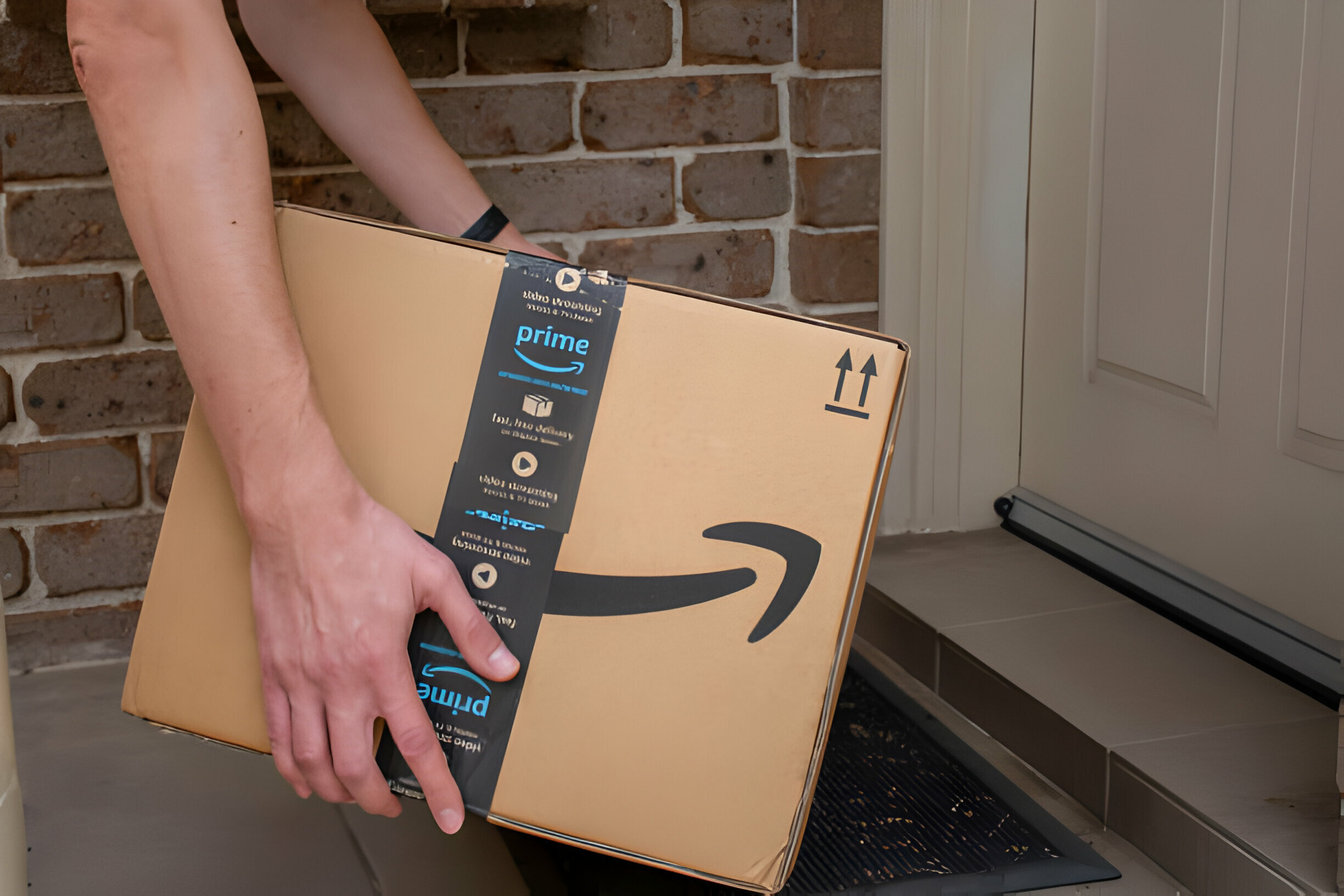Scaling an Amazon arbitrage business involves strategic planning, efficient processes, and the right tools to boost productivity. Here are some detailed and practical tips to help you grow your Amazon online arbitrage business successfully:
1. Optimize Product Sourcing
Utilize Multiple Sourcing Channels:
Expand your product sources beyond regular retail stores to ensure you’re not dependent on a single channel. This diversification increases your chances of finding profitable products. Do this by thinking bigger, many sellers have found incredible opportunities from connecting with retailers in real life, in store or at trade shows. This connection has then lead to being able to sell some of their goods on Amazon since they havent yet gotten that set up yet. So much opportunity out there for those that are willing to tread a path level travelled.
Leverage Product Sourcing Tools:
Invest in tools like Keepa, Tactical Arbitrage, OAXray, or Seller Amp. These tools streamline product analysis, price comparison, and profitability measurement, saving you time and increasing accuracy in your sourcing decisions. Time saving is what it is all about other wise it can literally become painful trying to source for great products everyday on your own. You need be always thinking of the fact that you want to do this and succeed on Amazon for as long as possible, can you picture yourself sourcing for 8 hours everyday or will you be finding ways to make that part of the process way more efficient?
Build Relationships with Suppliers:
As mentioned breifly above it is important to develop strong partnerships with reputable suppliers for better prices, early access to items, and potential bulk discounts. Good communication and consistent business practices can lead to recognition and perks from suppliers.
2. Streamline Inventory Management
Implement Inventory Management Software:
Use software like InventoryLab, RestockPro, or SellerActive to manage your inventory effectively. These tools help maintain optimal stock levels, automate reordering, and predict demand. Not only is this time saving but it is much easier to oversea the whole business at scale with things like this in place.
Utilize Fulfillment by Amazon (FBA):
Amazon’s FBA program handles storage, shipping, returns, and customer service, allowing you to focus on other aspects of your business. Plus, FBA makes your products eligible for Amazon Prime, increasing your sales potential.
Monitor Inventory Performance:
Regularly review your inventory performance to identify slow-moving products, overstock, and liquidation opportunities. Tools like Amazon’s Inventory Performance Index (IPI) can help you analyze your inventory management.
3. Enhance Listing and Pricing Strategies
Optimize Product Listings:
Create high-quality product listings with clear, high-resolution images, detailed descriptions, and relevant keywords. Well-optimized listings improve search rankings and increase conversion rates.
Use Repricing Tools:
Automate your pricing strategy with tools like RepricerExpress and BQool. These tools adjust your prices based on market competition, helping you stay competitive and maximize profits.
Implement A/B Testing:
Experiment with different titles, descriptions, and prices using A/B testing tools like Splitly. Analyze the results to determine the most effective listing elements for boosting sales.
4. Expand Product Offerings
Diversify Product Categories:
Explore new product categories to reach different customer segments and reduce risk. Analyze market trends and demand to identify lucrative niches that complement your existing product line.
Introduce Private Label Products:
Consider creating your own private-label products by sourcing generic items and branding them under your own name. Private-label products can increase profitability and differentiate your business from competitors.
5. Scale Operations with Automation and Outsourcing
Automate Repetitive Tasks:
Identify repetitive tasks related to order processing, email management, and reporting, and automate them using tools like Zapier and Amazon Seller Central automation features. Automation frees up your time for strategic planning.
Outsource Non-Core Activities:
Outsource tasks such as customer service, product photography, and content creation to freelancers or specialized agencies. Platforms like Upwork and Fiverr can connect you with skilled professionals at reasonable rates.
Hire Virtual Assistants:
Virtual assistants can help with various aspects of your business, such as product research and inventory management. Hiring a VA can reduce your workload and allow you to scale operations without hiring full-time staff.
6. Invest in Marketing and Advertising
Utilize Amazon Advertising:
Use Amazon’s PPC (pay-per-click) advertising to increase product visibility and drive sales. Optimize your campaigns by targeting the right keywords, products, and customer demographics.
Leverage Social Media Marketing:
Promote your products on social media platforms like Facebook, Instagram, and Pinterest. Engage with your audience, share promotional content, and drive traffic to your Amazon listings.
Build an Email List:
Collect email addresses from your customers and use email marketing to announce new products, offer discounts, and build customer loyalty. Tools like Mailchimp and Klaviyo can help manage your email campaigns effectively.
7. Analyze and Optimize Business Performance
Track Key Performance Indicators (KPIs):
Regularly monitor KPIs such as sales volume, profit margins, return on investment, and customer satisfaction. Use this data to make informed decisions and identify areas for improvement.
Conduct Regular Audits:
Perform routine audits of your business processes, including product sourcing and customer service. Identify inefficiencies and implement changes to improve operations and reduce costs.
Stay Informed About Market Trends:
Keep up with e-commerce trends and Amazon policies. Participate in forums, attend webinars, and read industry blogs to gain insights and adjust your strategies accordingly.
8. Enhance Customer Experience
Provide Excellent Customer Service:
Respond promptly to customer inquiries and resolve issues professionally. Excellent customer service can lead to positive reviews and repeat business.
Encourage Customer Feedback:
Ask customers to leave reviews and provide feedback on their purchases. Positive reviews can boost your product rankings, while constructive criticism can help you improve your offerings.
Implement a Loyalty Program:
Introduce a loyalty program to reward repeat customers with discounts, exclusive offers, or priority access to new products. This can increase customer retention and lifetime value.
Conclusion
Scaling your Amazon arbitrage business requires strategic planning, efficient processes, and the use of technology. By optimizing product sourcing, managing inventory effectively, enhancing your listings and pricing strategies, expanding product offerings, automating operations, investing in marketing, analyzing performance, and enhancing customer experience, you can achieve significant growth. Stay informed about market trends and continuously adapt to ensure long-term success in the competitive world of Amazon arbitrage.



